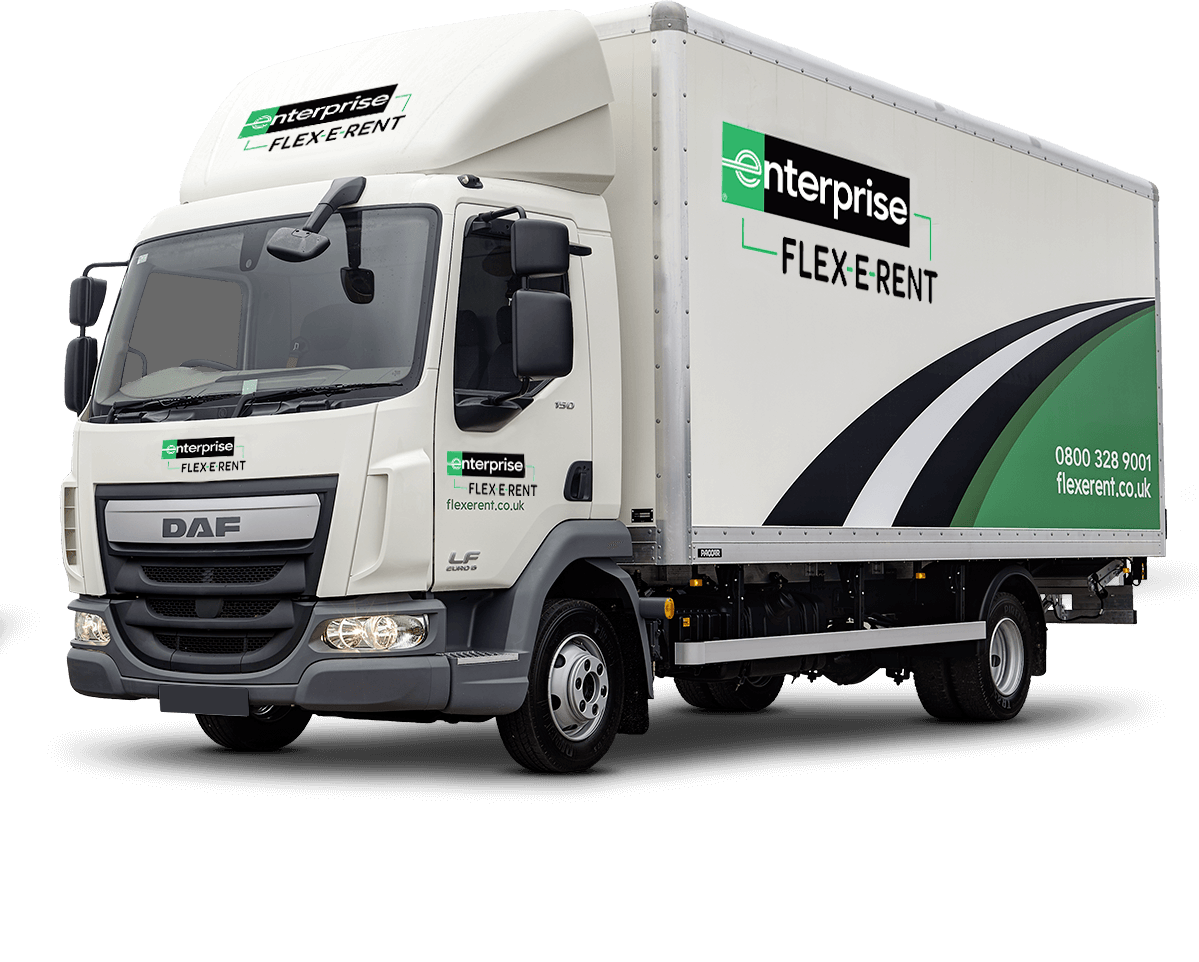With the rise of SaaS, telematics systems with advanced features commonly found in fleet management systems are now becoming much more accessible to small businesses and companies are increasingly adopting them to help cut down costs.
Telematics systems can now help businesses optimise their fleet in a number of ways, with features ranging from basic route planning to monitoring driver behaviour, integrating with packaging and deliveries, maintenance scheduling and much more.
While early versions of telematics used to just provide route planning, now for a small cost you can get so much more insight and features for your money. For a basic telematics system you can expect to pay around £10 per vehicle, per month, whereas for more advanced system you’re looking at £15-£25 per vehicle per month.
Here we look at five key features of telematics systems that businesses should consider, that bring considerable savings for little upfront investment.
1. Route optimisation
Studies have shown using a telematics system can achieve a reduction in fleet mileage of as much as 10%. The greatest fuel savings come in the initial route planning, where telematics can select the most effective routes depending on multiple drivers and drop-offs.
2. Driver behaviour monitoring
Telematics can capture data to ensure your drivers are behaving appropriately on the road and can also help identify areas where staff members need to improve. For example, recording events like harsh accelerating, sudden breaking or idling – manoeuvres that increase the risk of collision and/or waste fuel – will give businesses a better understanding on the areas where training might be required.
Most telematics systems have in-cab cameras to protect both your staffand other road users by recording exceptional incidents as they happen. More advanced systems take this a step further providing instant alerts about road incidents as they happen.
Not only will this improve the safety of their staff (and indeed other road members) it will in turn help lower costs across the fleet that arise from the repair and insurance costs of dealing with accident claims.
Data from telematics can look for patterns at certain times of day to identify what could be causing issues to occur. For example, if there have been reoccurring incidents late at night, there may be a problem with fatigue. Or unwarranted events at the end of the month could suggest employees are under pressure to meet targets, which is contributing to increased risk.
Identifying these trends will ensure businesses are clear as to what areas they need to work on to effectively run a smoother business and a happier, healthier workforce.
3. Live updates
Providing live updates of your driver’s whereabouts, through technology such as GPS tracking, is a crucial feature in fleet management systems, both in terms of safety and good customer service. Knowing where your drivers are at all times will improve your customer service as you can respond to customer needs with more accuracy and at a faster rate.
For as little as £13 per month, systems such as Trakm8prime include vehicle tracking software, including an app and web portal, to protect both your staff and other road users by recording exceptional incidents as they happen. More advanced systems take this a step further, providing instant alerts about road incidents as they happen.
4. Maintenance
Telematics can keep track of the parameters required in effective fleet management to create preventive maintenance schedules, such as mileage, fuel consumption and engine hours.
However, more advanced systems give you the opportunity to do more condition-based maintenance. Telematics systems that provide fault alerts with access to diagnostic trouble codes can help not just deal with immediate issues, but identify failure trends in vehicles of the same model, and even schedule technicians well ahead of time, depending on the condition of the vehicle and its parts.
For example, Trakm8prime has an inbuilt vehicle diagnostics capability which reports on battery health and alerts you of any required maintenance in real time at very reasonable price.
5. Reporting
The most important feature to look for when choosing your telematics system is a reporting tool. Reports give fleet managers a greater insight into the performance of their drivers and vehicles to target efficiency savings and other operational improvements.
Telematics such as Asset Monitoring Solutions benefits from detailed reports from as little as £10 per vehicle, per month. Data includes mileage, servicing, timesheets, driver behaviour and much more.
Reporting packages can also integrate with other applications including payroll and CRM to streamline administrative and business processes.
Telematics systems are a great way of organising your drivers more efficiently and can save time and money. And for small businesses where cost is a factor, considering just some of these key features can greatly improve your fleet management and help make significant savings. Another way is by rightsizing your vehicles, which we cover in our free guide: 




